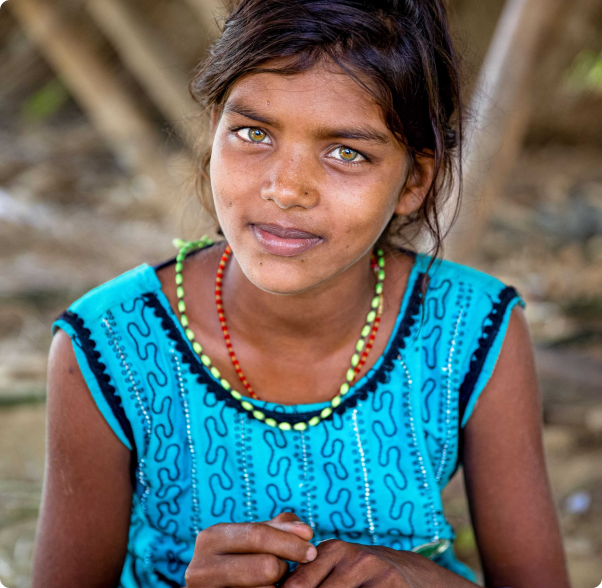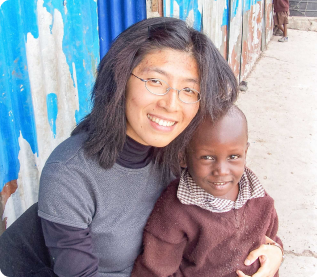Summary
Kenya has been described as having a little bit of all of Africa in one country. Fertile plateaus, mountains, deserts, rain forests, and beaches along the Indian Ocean form the varied landscape of Africa’s eighth largest country. Over forty different ethnic groups, including Africa’s three major socio-linguistic groups, the Bantu, Nilotic, and Cushitic, combine to give Kenya a diverse population and rich culture. Surrounded by Somalia, Ethiopia, Sudan, Uganda, and Tanzania, Kenya has actively worked to maintain good relations with its neighbors and is a regional transportation, commercial, and financial center as well. Kenya’s national parks draw safari tourists from around the world.
Once a British colony, Kenya received its independence in 1963. Under moderate leadership, Kenya transitioned into a stable country with one of the best economies in East Africa. In more recent years, corruption and political changes have tested that stability. Almost eighty percent of Kenya’s population lives in rural areas where their income is dependent on agriculture. Environmental problems, high birth rates, corruption, unemployment, and 1.5 million living with HIV/AIDS have resulted in half of the 41 million Kenyans living in poverty. This is compounded by a lack of governmental social welfare programs, though the government has developed strategies to address these challenges and others in its Vision 2030 plan.
In a country where nearly fifty percent of the population considers themselves to be evangelical, it is not surprising that many Kenyan Christians are engaged in church planting and sending missionaries to other countries. The number of new churches and growth in established churches can be found in all denominations, and eighty-three percent of Kenyans are now estimated to be Christian. Churches are being challenged by nominal-ism, ethnic cultural practices mixed with biblical truths, and the need for trained leaders in the 80,000 congregations. Islam and traditional tribal religions comprise most of the other seventeen percent of the population. Kenya continues to attract many regional and continental mission organizations.




